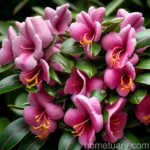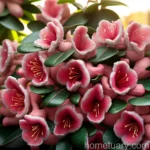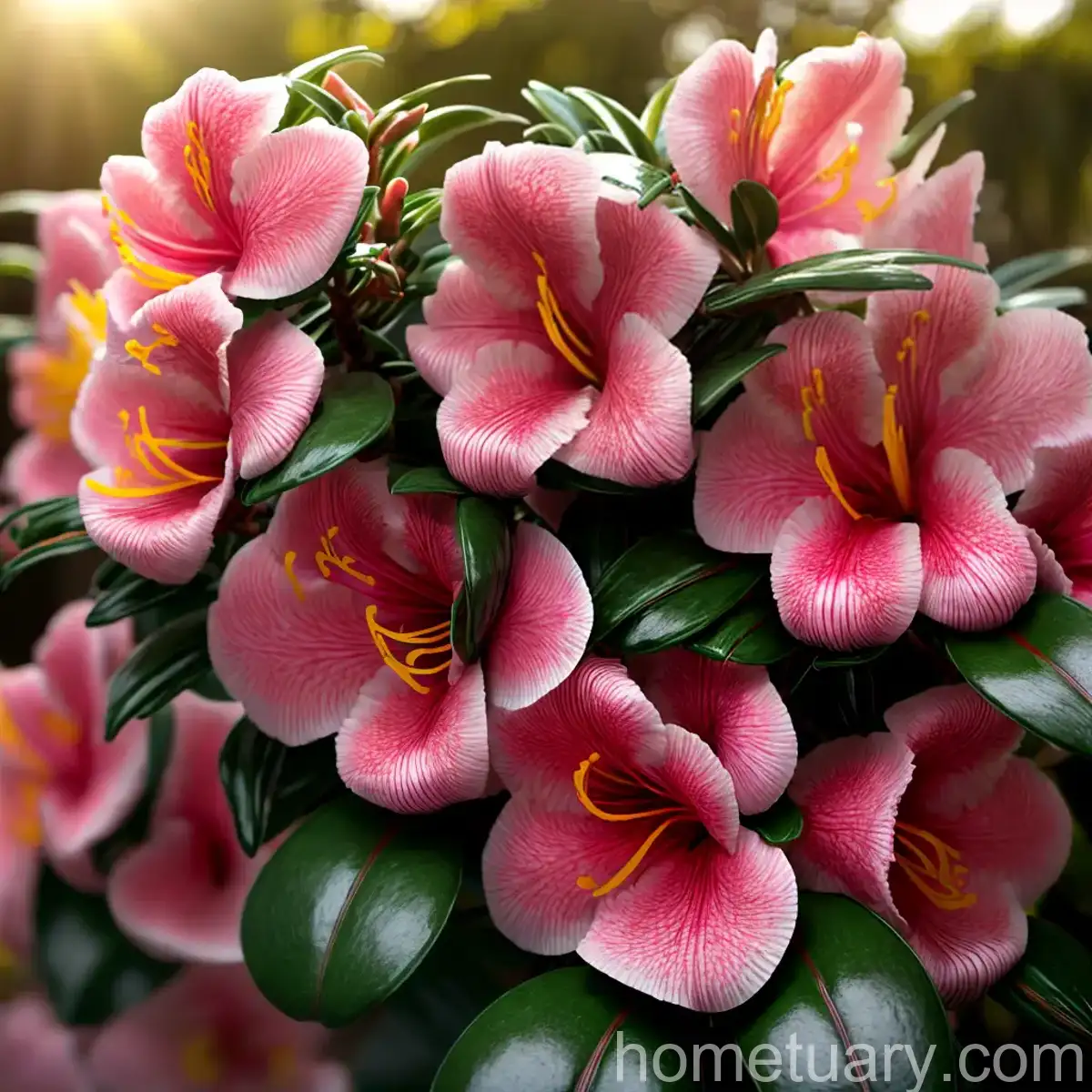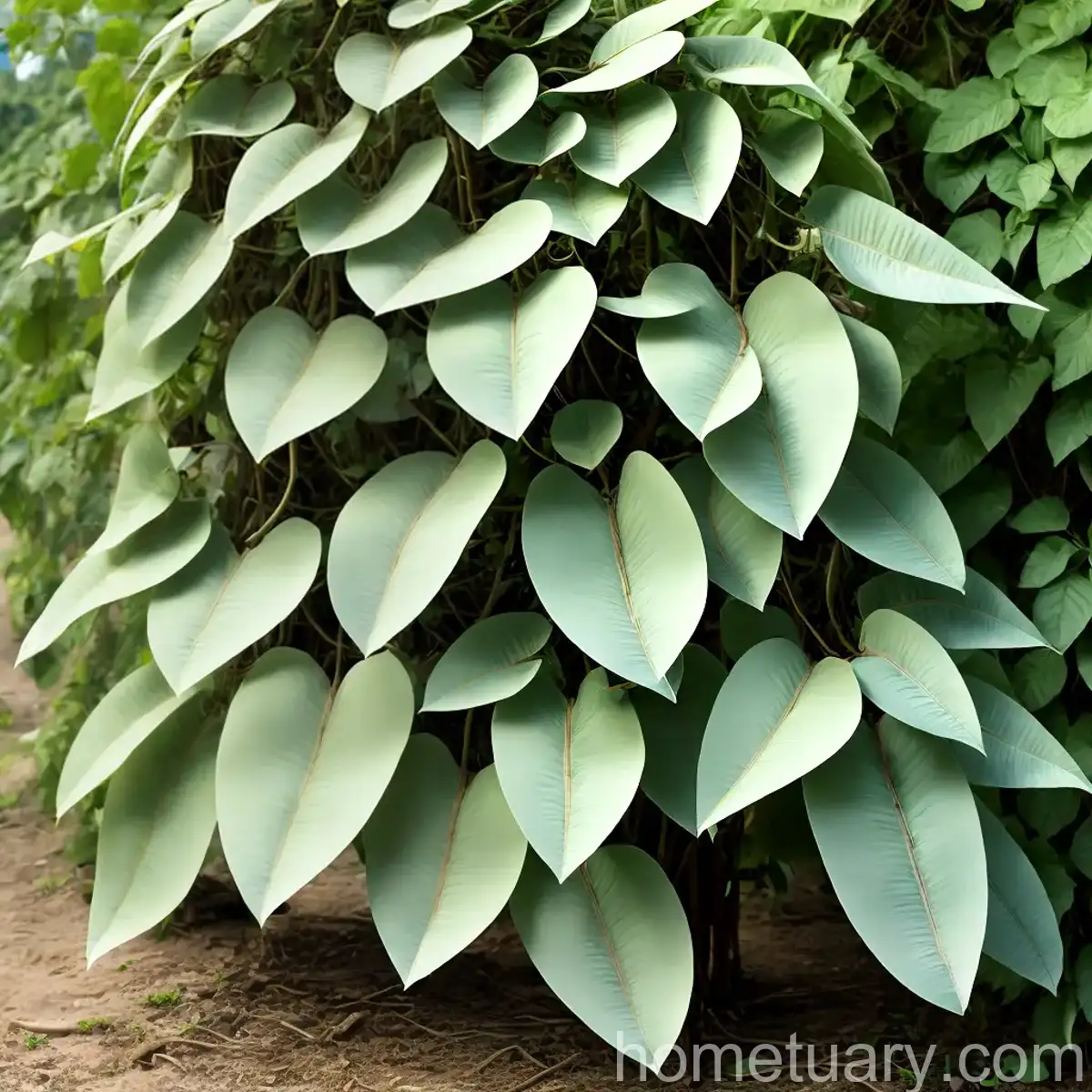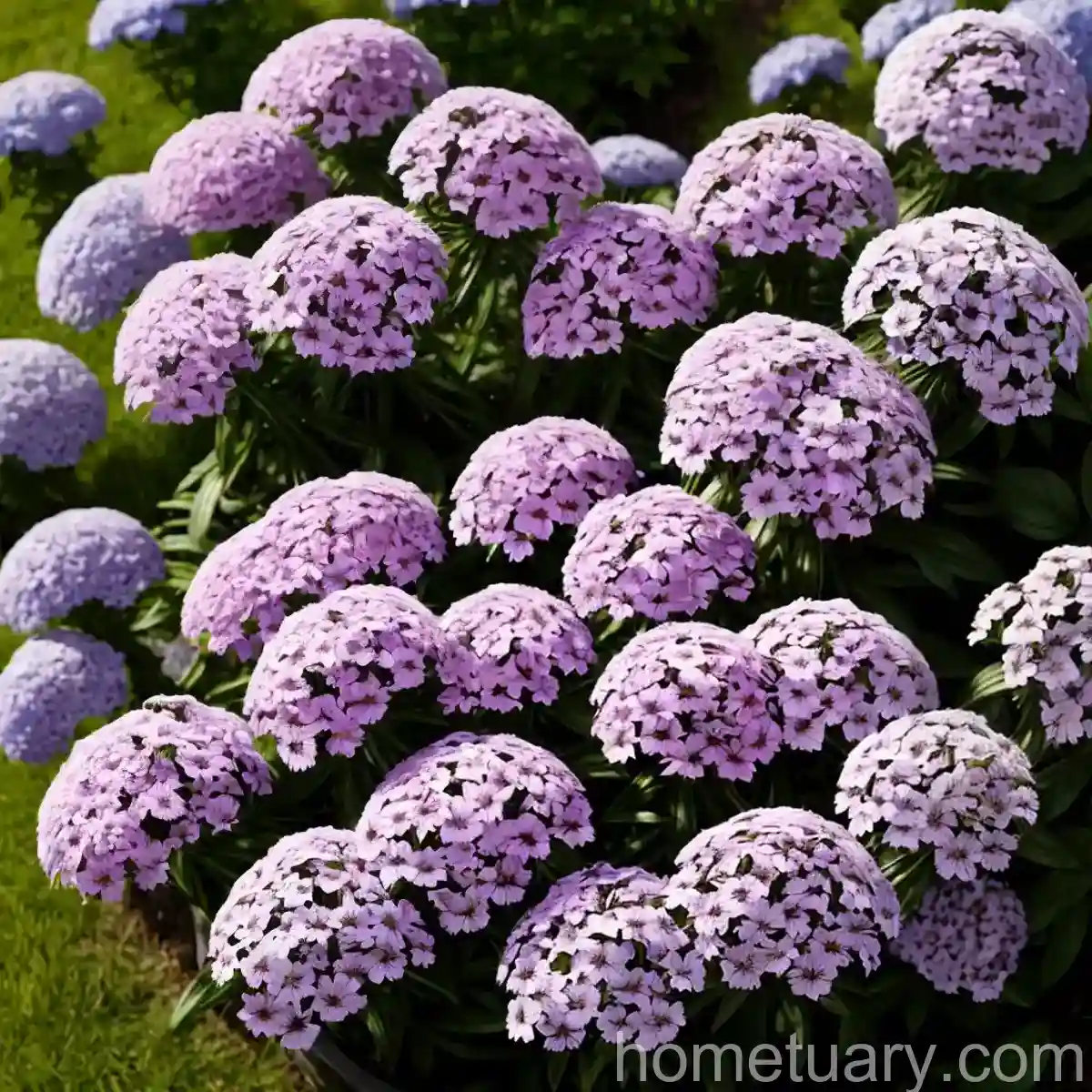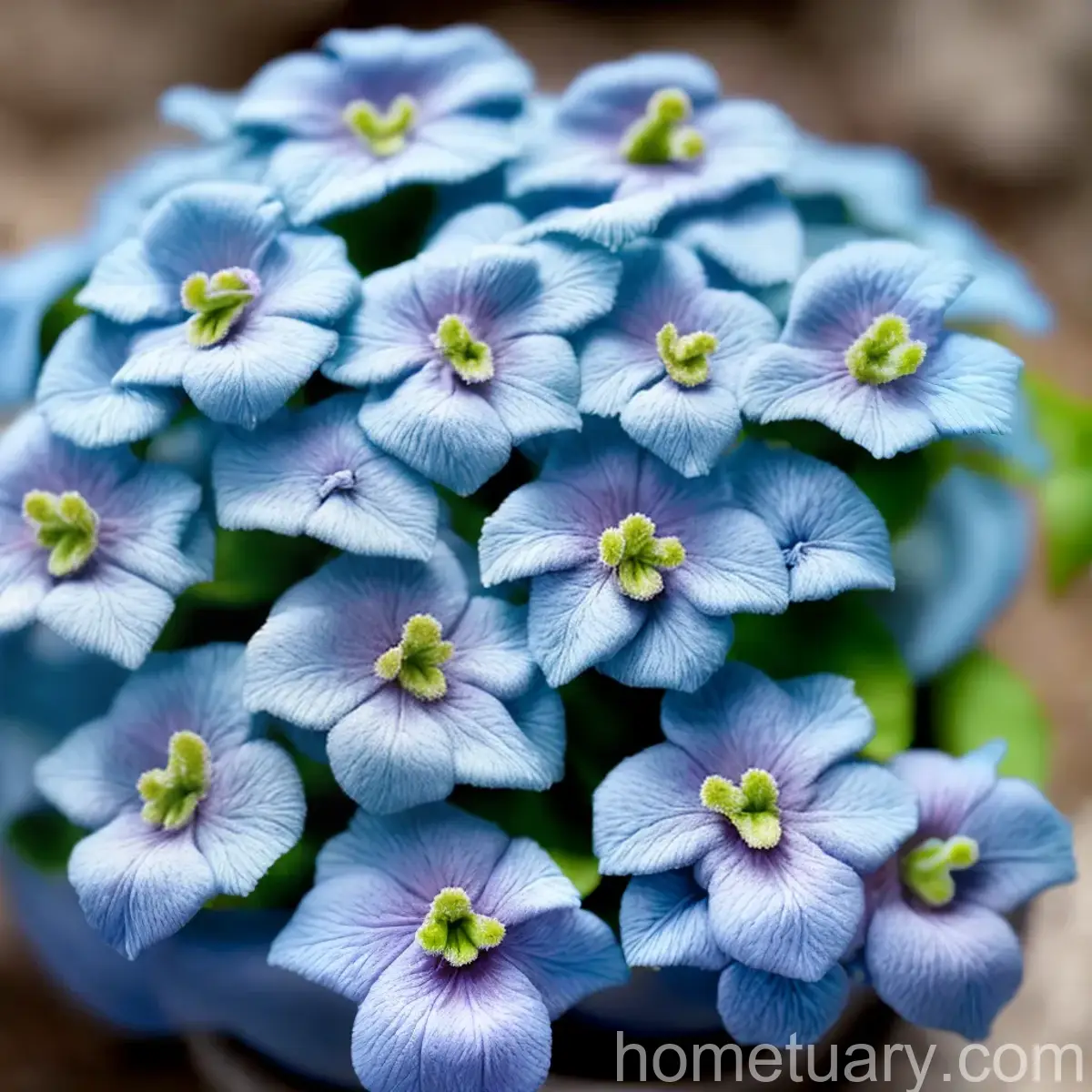The Sweet Azalea (Rhododendron arborescens): An In-Depth Guide
The sweet azalea (Rhododendron arborescens) is a captivating and versatile flowering shrub that has become a favorite in gardens and landscapes around the world. In this comprehensive guide, we will delve into the various aspects of this plant, including its culture, uses, care requirements, propagation, common diseases, and much more. Whether you are a gardening enthusiast, a landscape designer, or simply someone who appreciates the beauty of plants, this article will provide valuable insights into the fascinating world of the sweet azalea.
What is the Sweet Azalea (Rhododendron arborescens)?
The sweet azalea, scientifically known as Rhododendron arborescens, is a species of rhododendron that belongs to the Ericaceae family. This deciduous shrub is native to Eastern North America, where it thrives in diverse habitats, ranging from moist woodlands to mountain slopes. The plant is renowned for its fragrant flowers, which adorn the landscape with an array of hues, from pale pink to deep rose.
The sweet azalea is characterized by its elegant, open-grown habit and its ability to attract a variety of pollinators, including butterflies and hummingbirds. Moreover, its adaptability to different growing conditions makes it an excellent choice for both garden beds and container cultivation.
Key Takeaways – Sweet Azalea (Rhododendron arborescens)
Before delving deeper into the specifics of the sweet azalea, let’s highlight some key takeaways about this captivating plant:
- Botanical Name: Rhododendron arborescens
- Common Name: Sweet Azalea
- Family: Ericaceae
- Native Habitat: Eastern North America
- Characteristics: Fragrant flowers, deciduous habit, attractive to pollinators
- Cultivation: Suitable for gardens and containers, versatile in various landscapes
Now that we have a brief overview of the sweet azalea, let’s explore its culture, uses, and essential care requirements in greater detail.
Culture
Understanding the cultural requirements of the sweet azalea is fundamental to promoting its health, vigor, and optimal blooming. From soil conditions to climate preferences, a comprehensive knowledge of the plant’s cultural needs is essential for successful cultivation.
Uses
The sweet azalea offers a range of uses in gardening and landscaping, enhancing the visual appeal of outdoor spaces while providing ecological benefits. Whether used as a focal point in a garden bed or incorporated into mixed borders, its versatility makes it a valuable addition to any landscape design.
Water
Proper watering is critical in maintaining the health and vigor of the sweet azalea. Understanding its water requirements, especially during different seasons, is essential for preventing water stress and promoting robust growth.
Sunlight
As with many flowering plants, sunlight plays a crucial role in the sweet azalea’s growth and blooming. Understanding its sunlight needs and providing the appropriate light conditions are essential for ensuring abundant and vibrant blooms.
Fertilizer
Fertilization is an integral aspect of plant care, and understanding the sweet azalea’s fertilizer requirements is essential for promoting healthy foliage and prolific flowering.
Soil
The soil composition and pH levels influence the overall health and performance of the sweet azalea. Understanding its soil requirements and ensuring optimal growing conditions are essential for cultivating thriving plants.
Pruning
Pruning is an essential practice in maintaining the form, health, and flowering potential of the sweet azalea. Understanding the appropriate pruning techniques and timing is crucial for achieving well-shaped shrubs and abundant blooms.
Propagation
Propagating the sweet azalea allows for the expansion of its presence in gardens and landscapes. Understanding the various propagation methods and their associated benefits is vital for successful plant propagation.
Container Popularity
The sweet azalea’s adaptability to container cultivation makes it a popular choice for adding color and fragrance to outdoor spaces, balconies, and patios. Understanding its container preferences and care requirements is essential for successful container gardening.
Common Diseases
As with any plant species, the sweet azalea is susceptible to certain diseases that can impact its overall health and appearance. Recognizing common diseases and their management is essential for maintaining robust and vigorous plants.
Disease Diagnosis
Identifying and diagnosing diseases affecting the sweet azalea is crucial for implementing effective control measures and promoting plant health. Understanding the symptoms and causes of common diseases is essential for accurate diagnosis and management.
Common Pests
Pests can pose a threat to the sweet azalea’s well-being, affecting its growth and flowering potential. Recognizing common pests and their impact is essential for implementing targeted pest management strategies.
Botanist’s Tips
Drawing on the expertise of botanists and experienced growers, this section will feature valuable tips and insights for cultivating healthy and vibrant sweet azaleas. From planting recommendations to maintenance practices, these tips will provide actionable guidance for enthusiasts and horticulture professionals.
Fun Facts
Uncover intriguing and little-known facts about the sweet azalea, shedding light on its ecological significance, historical uses, and unique characteristics that make it a captivating addition to gardens and natural landscapes.
Links to External Resources
Explore a curated selection of external resources, including botanical gardens, research articles, and horticultural websites that offer valuable information on the sweet azalea. These links will provide additional insights and resources for further exploration of this enchanting plant.
In conclusion, the sweet azalea (Rhododendron arborescens) stands out as a captivating and versatile plant that holds immense horticultural value. Its fragrant blooms, adaptability to various growing conditions, and ecological significance make it a cherished addition to gardens, landscapes, and natural habitats. By delving into its culture, uses, care requirements, and ecological interactions, this guide aims to provide a comprehensive exploration of the sweet azalea, offering valuable insights for enthusiasts, horticulture professionals, and nature lovers alike.




